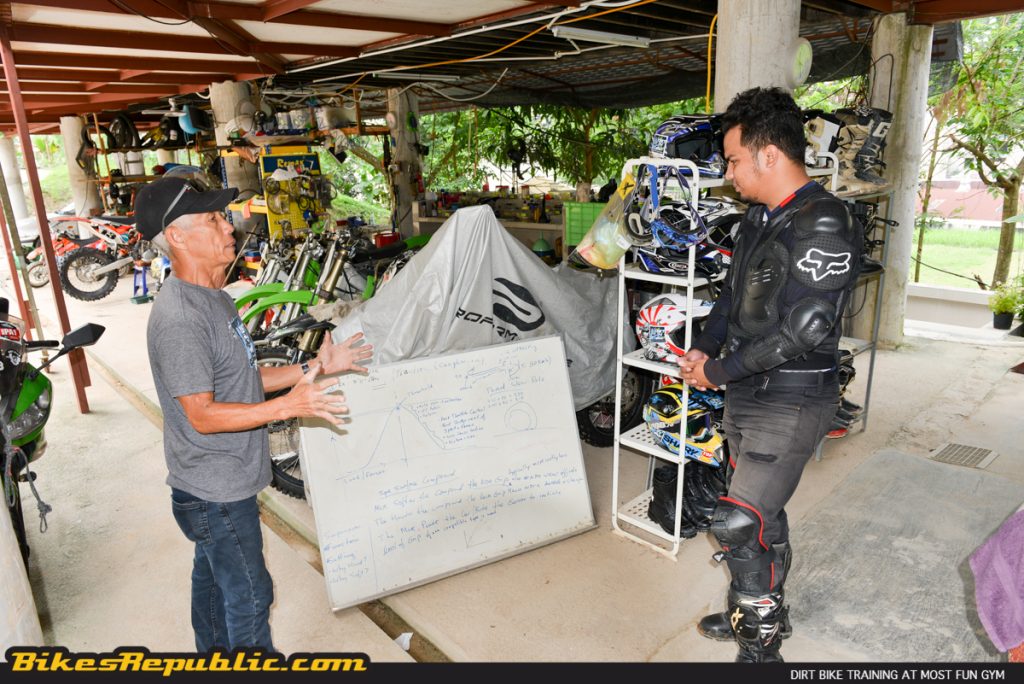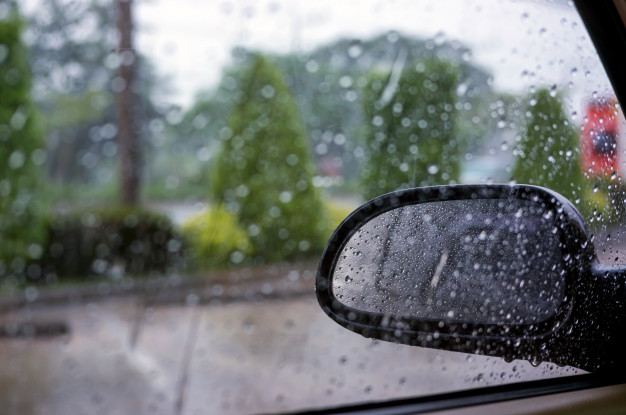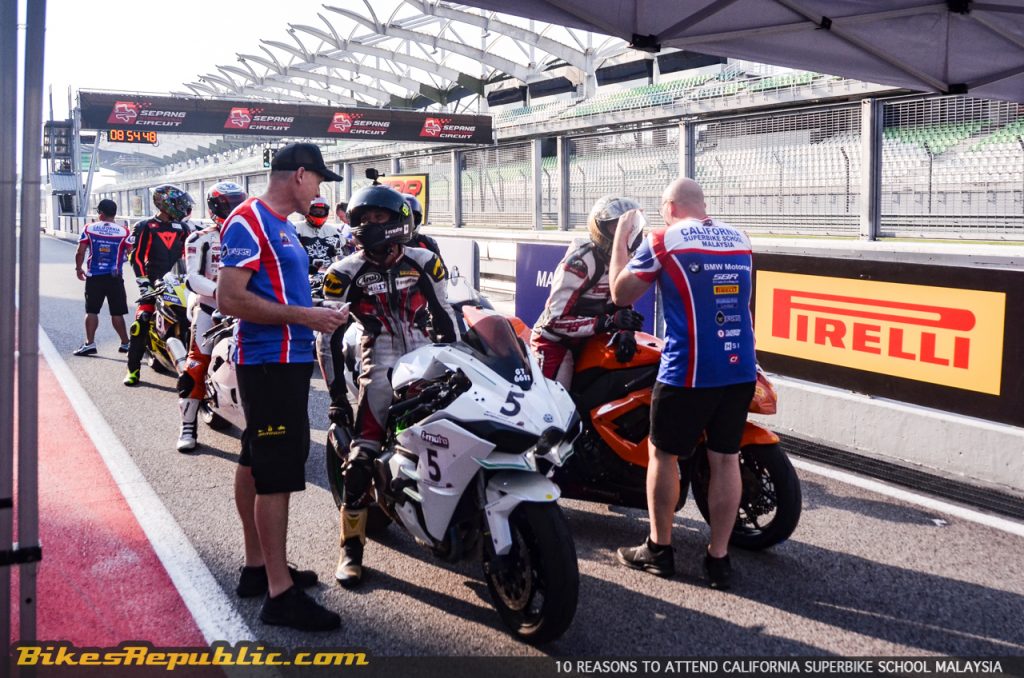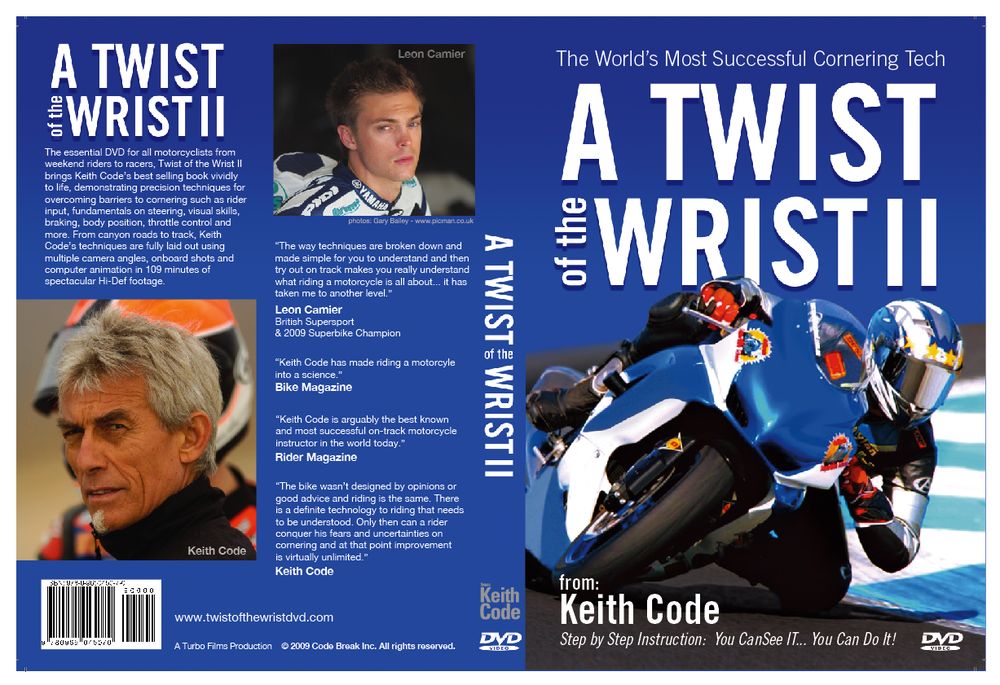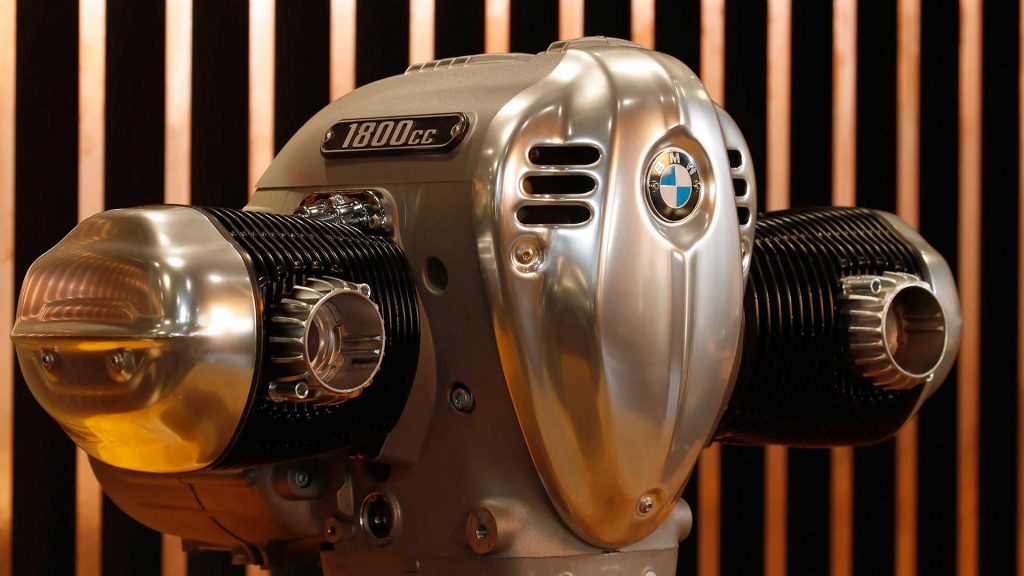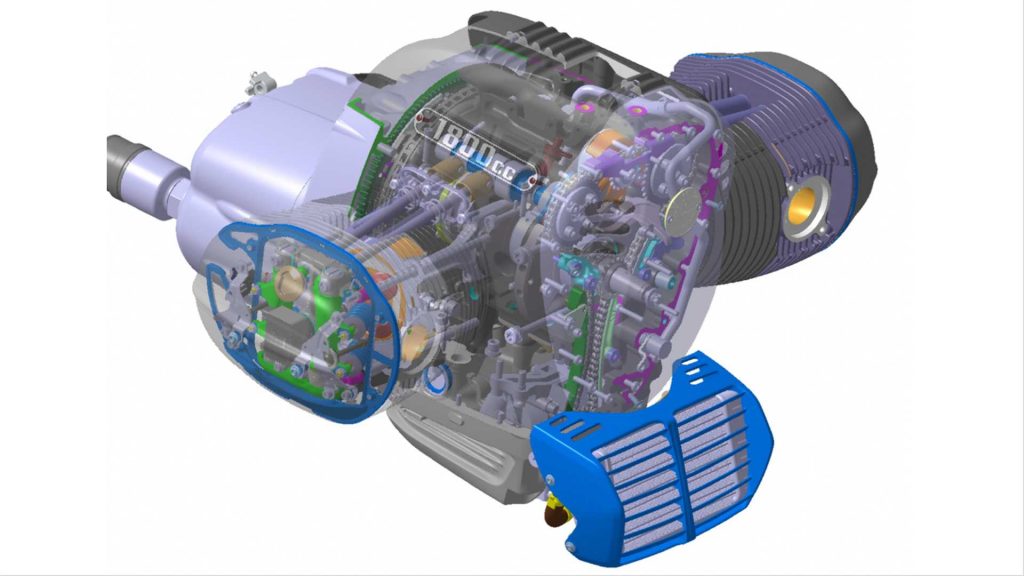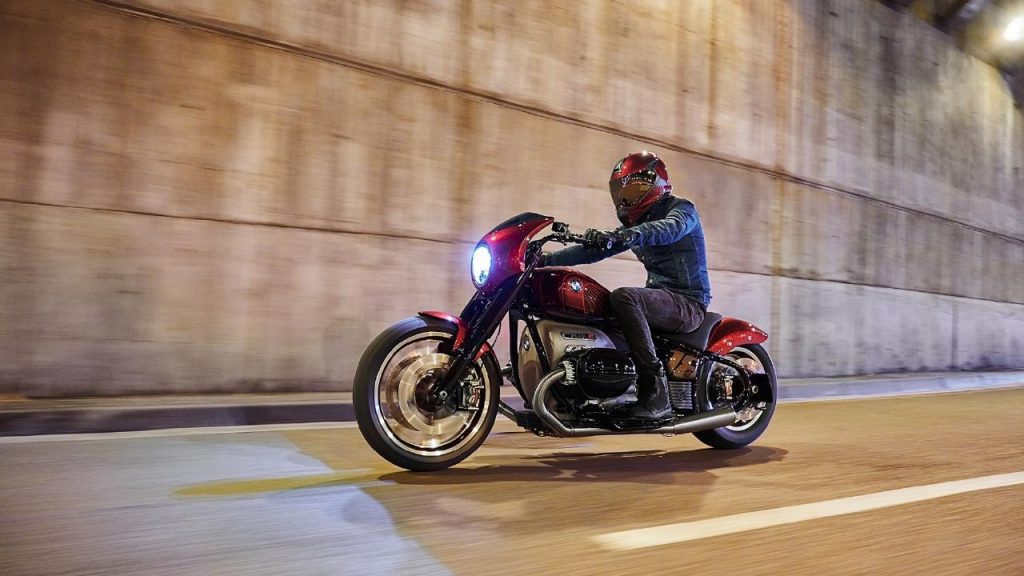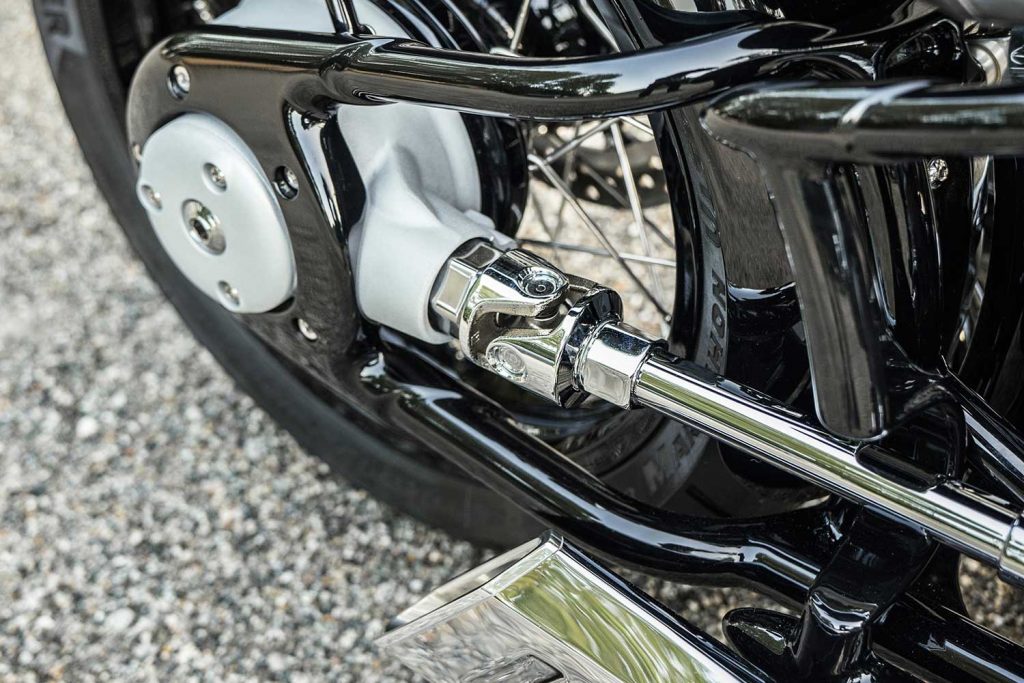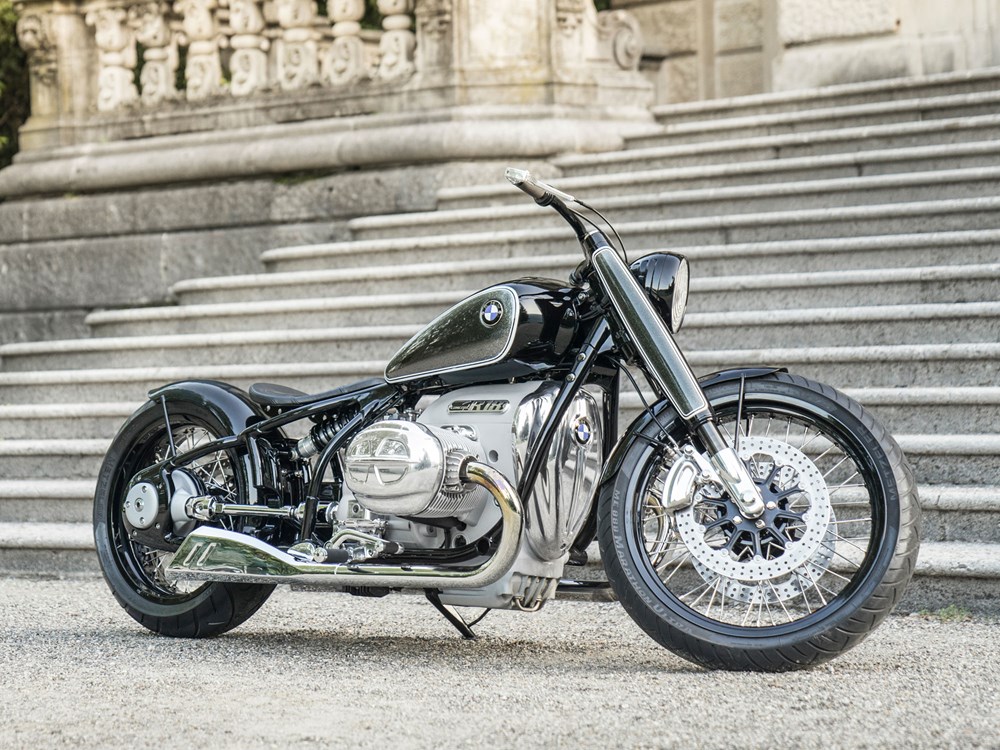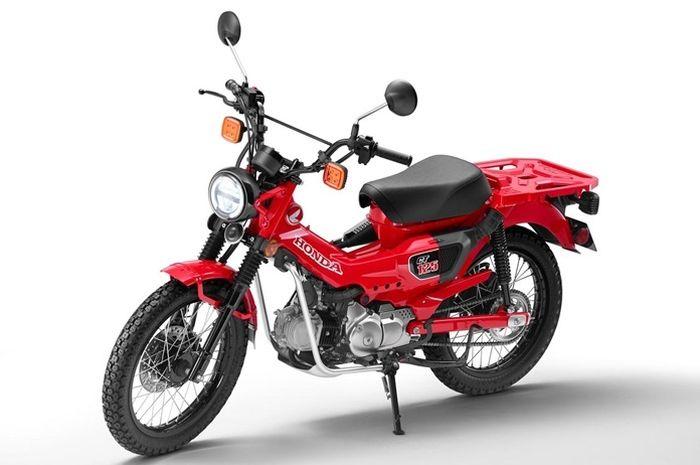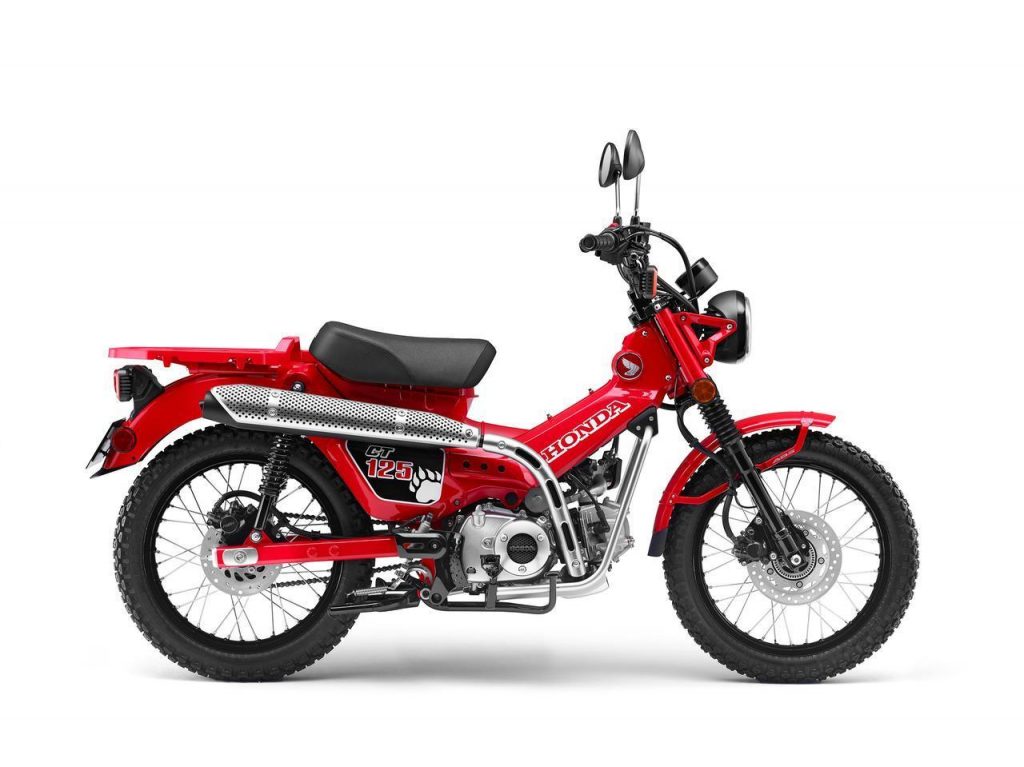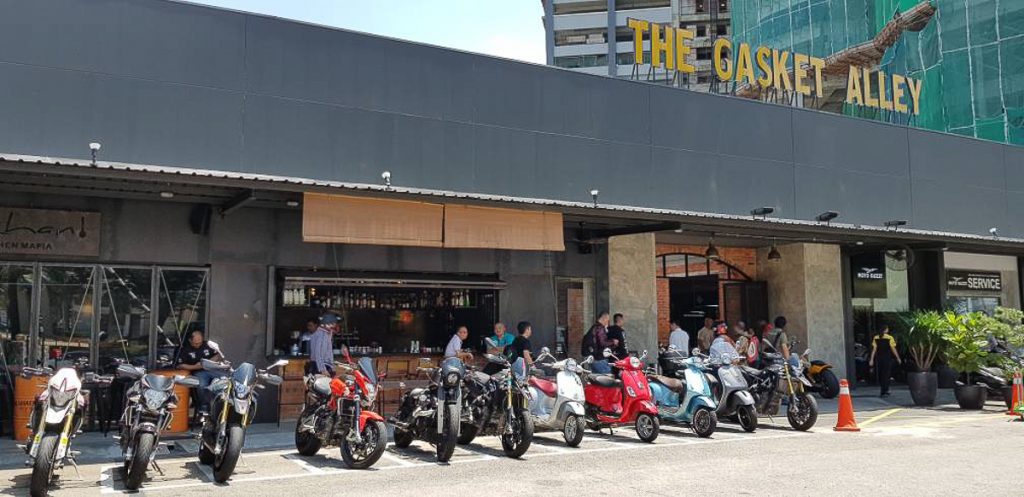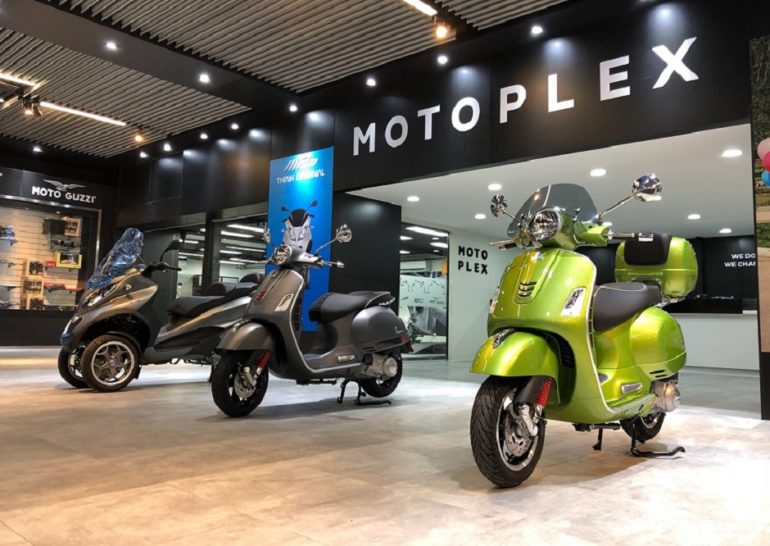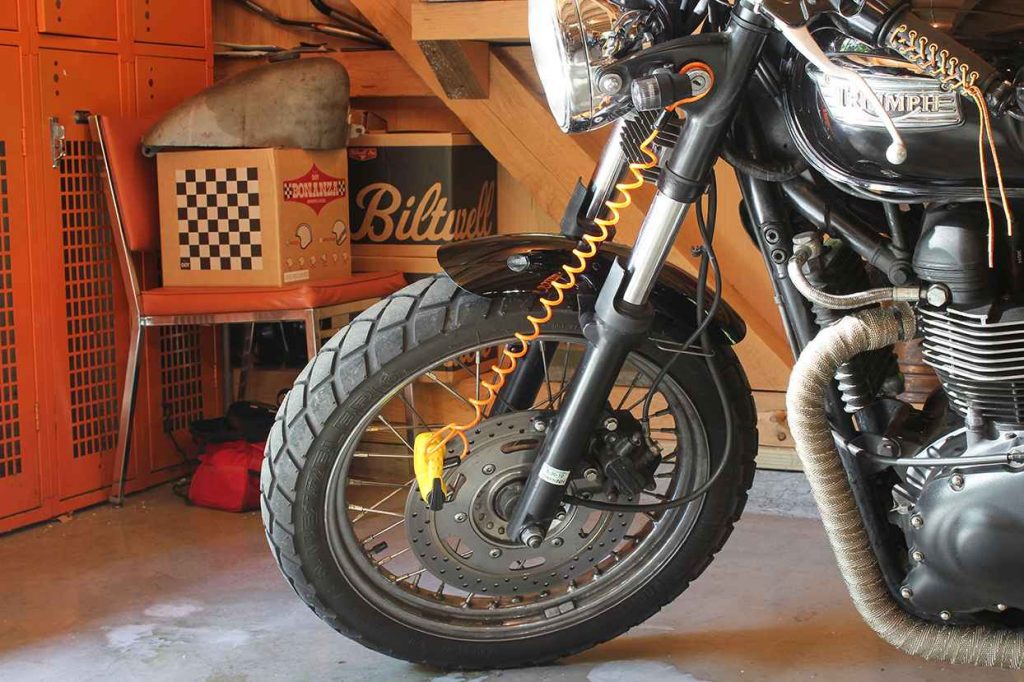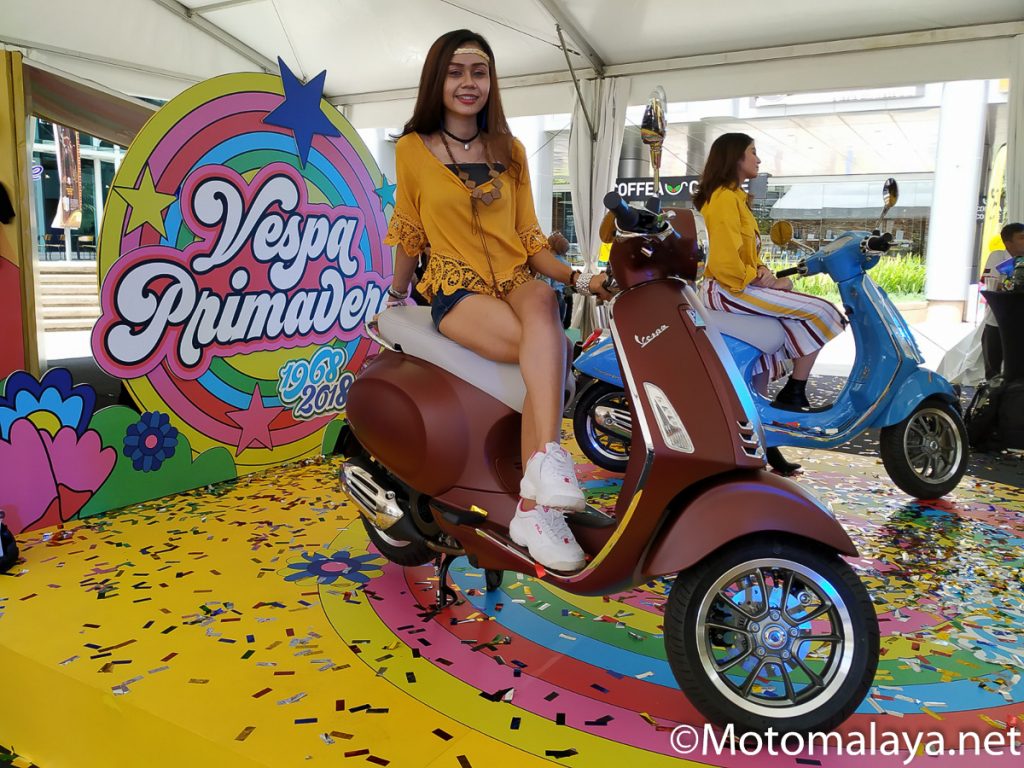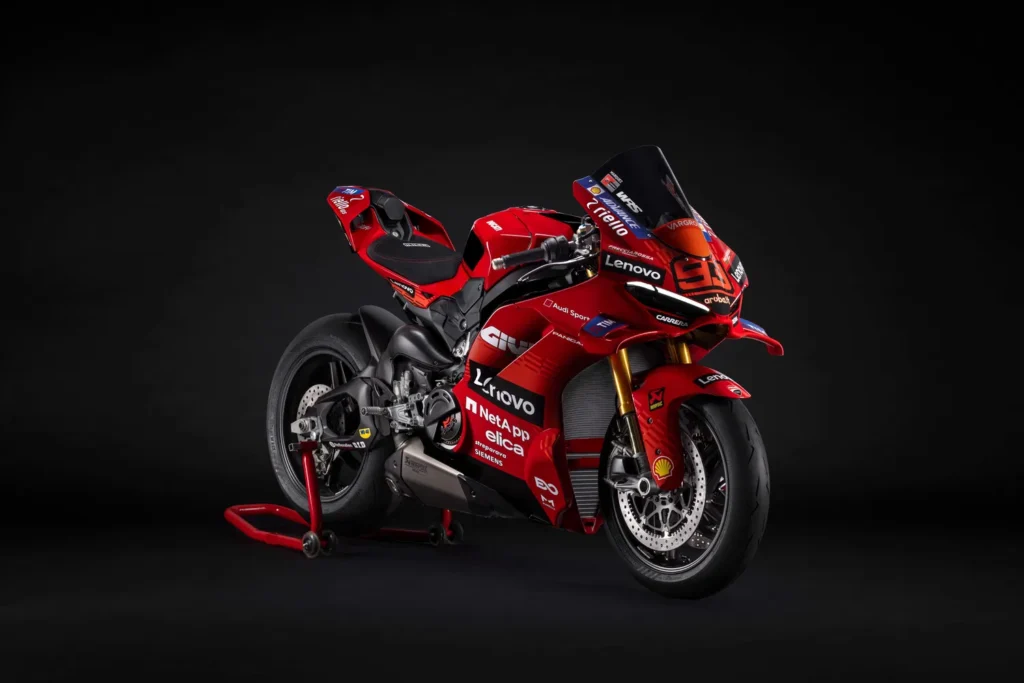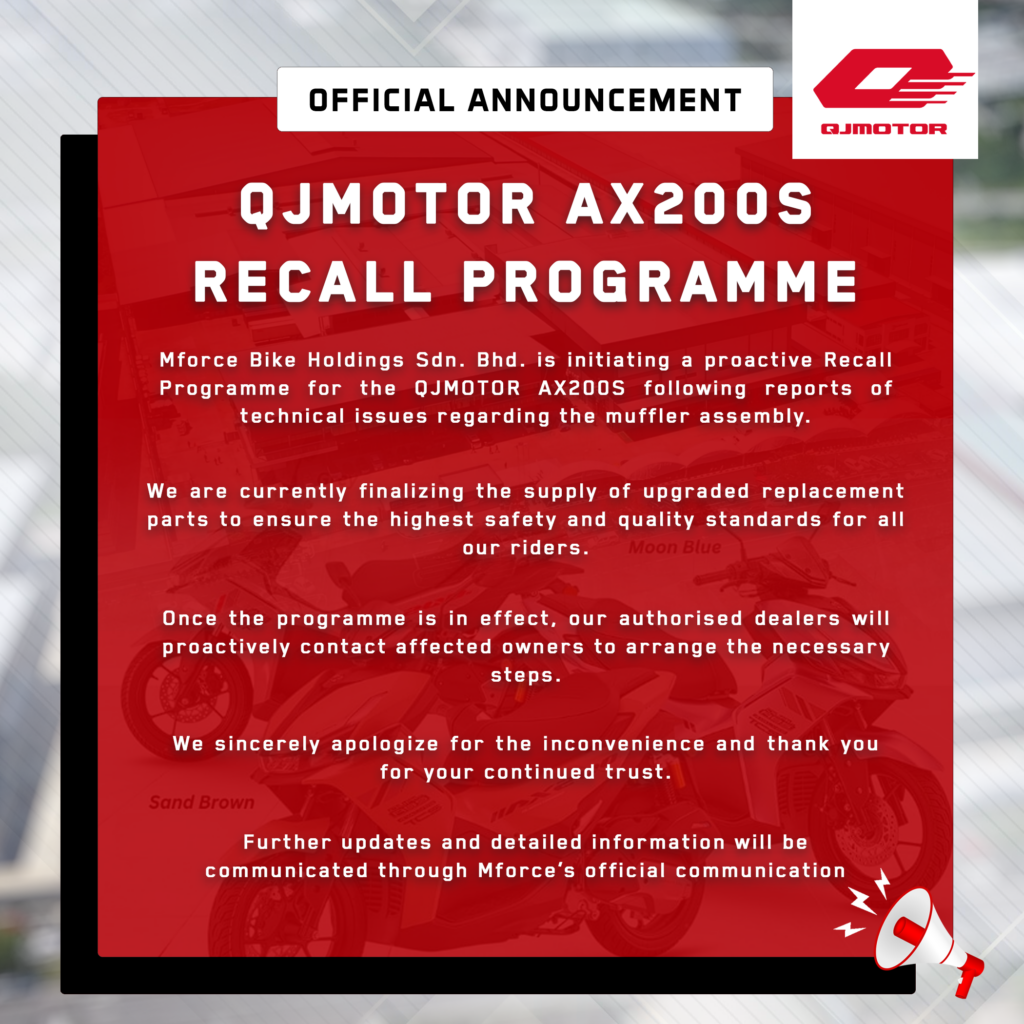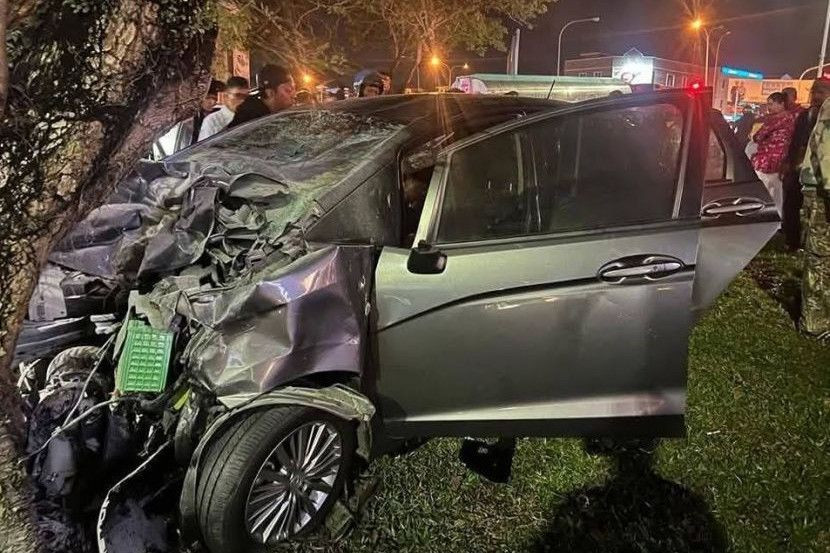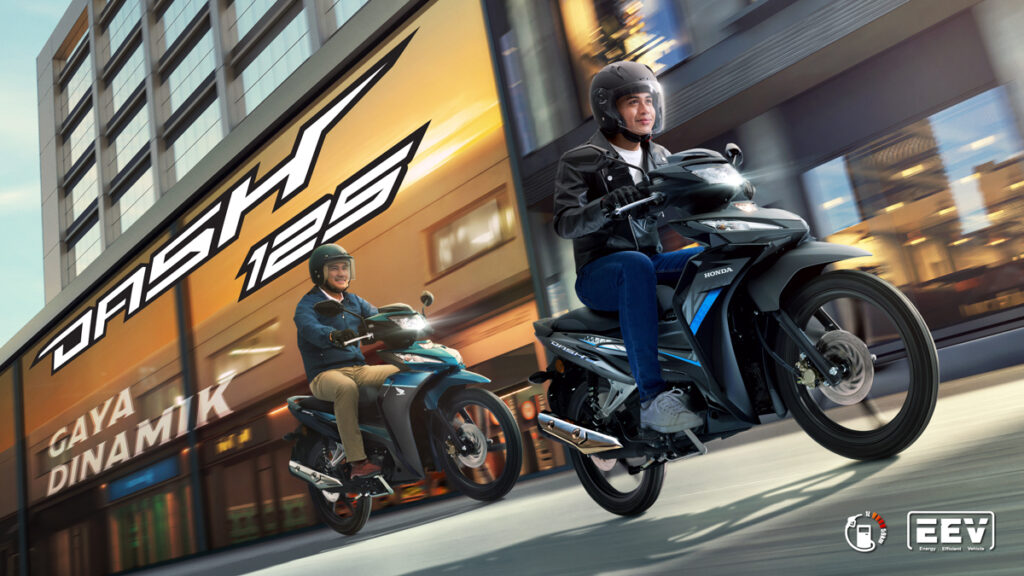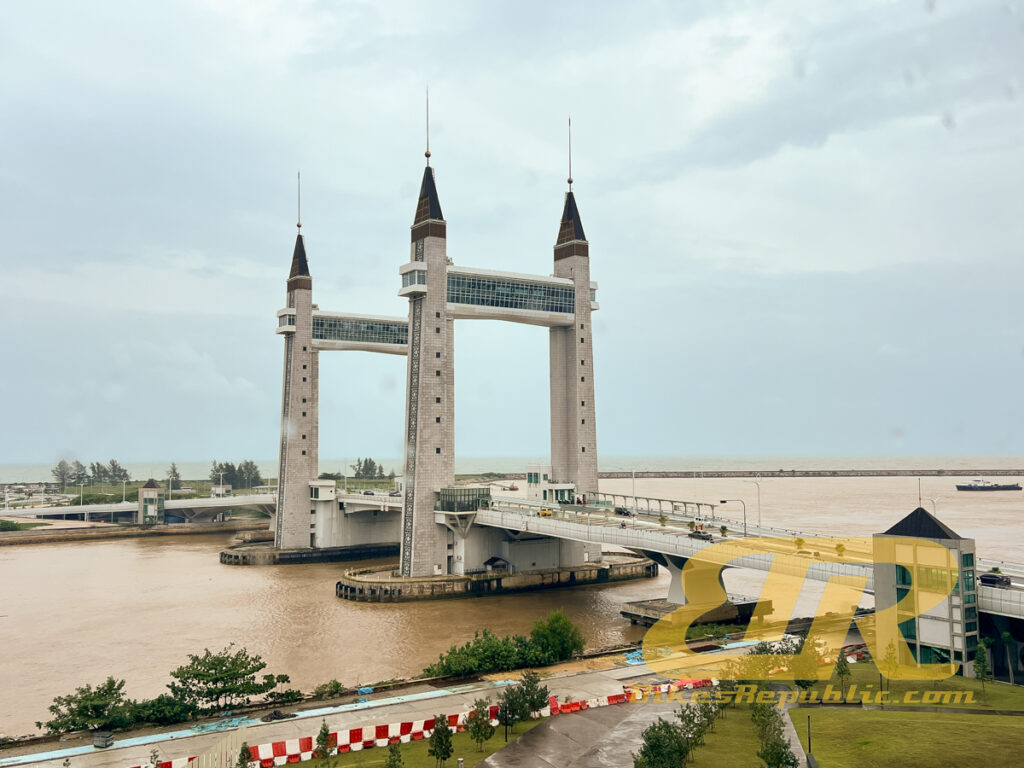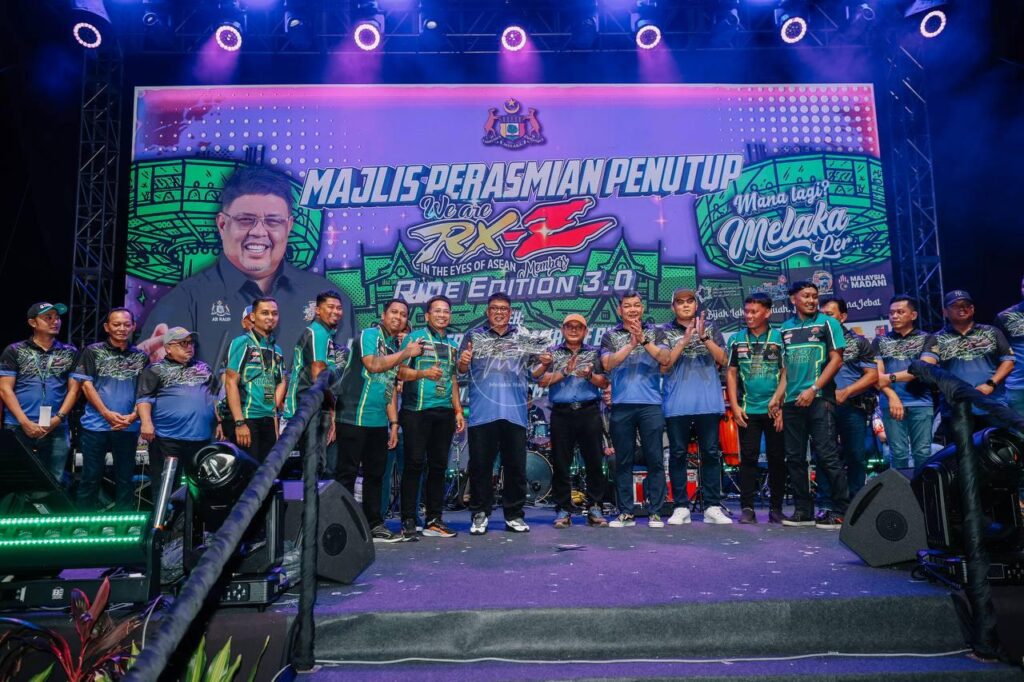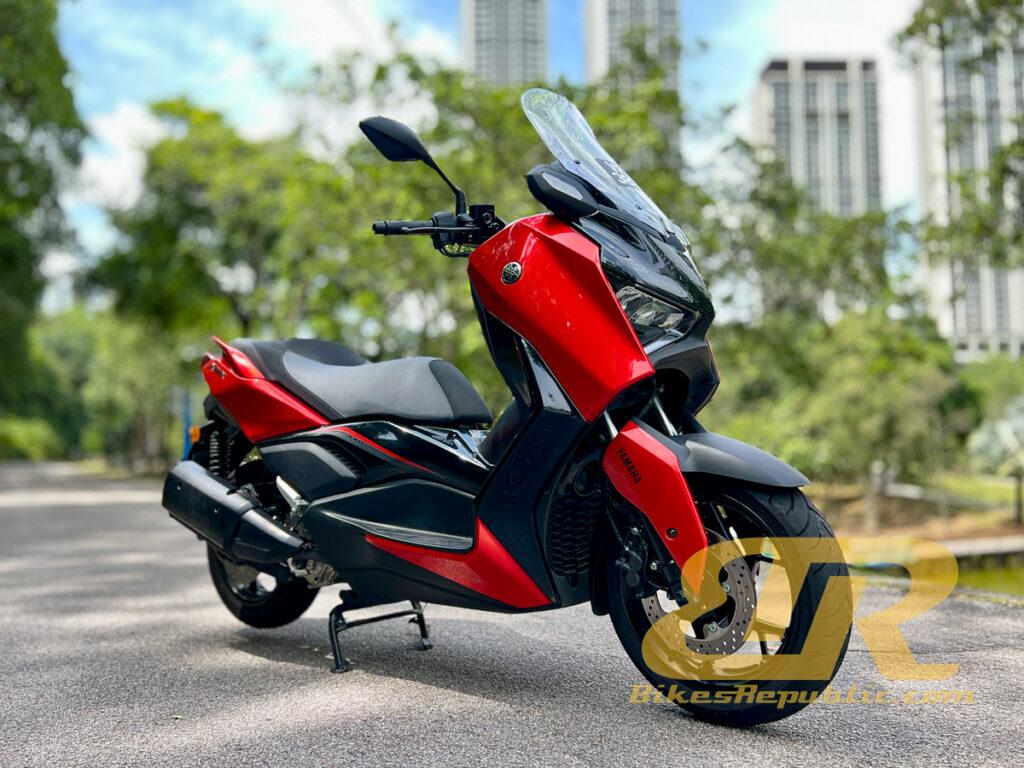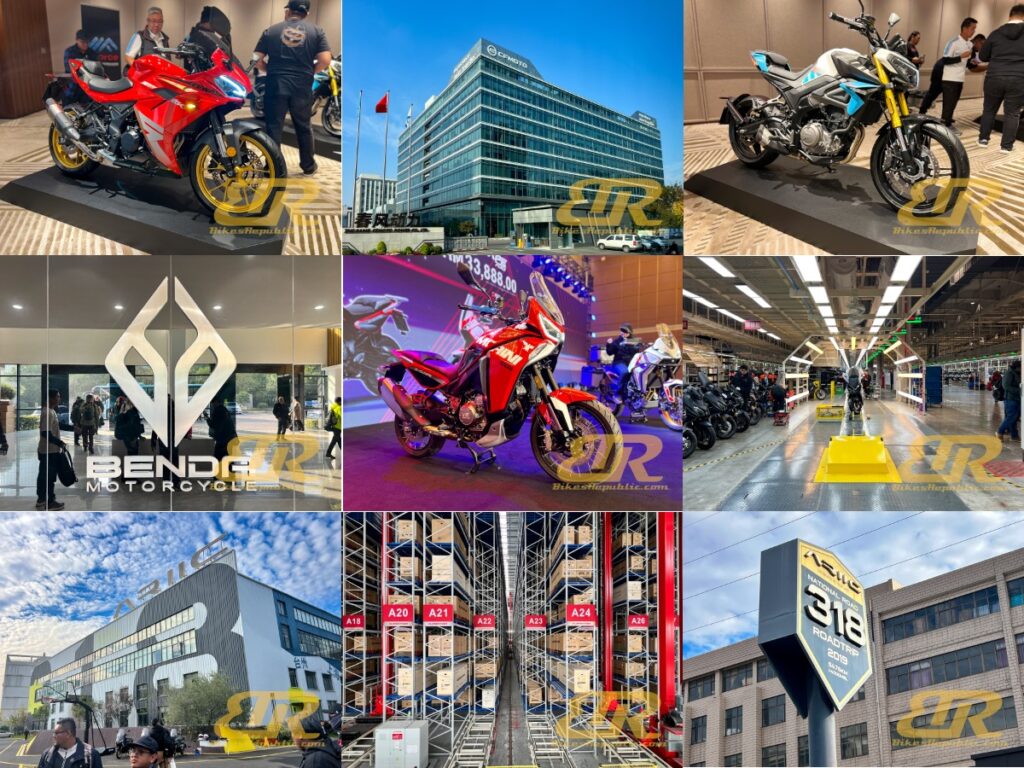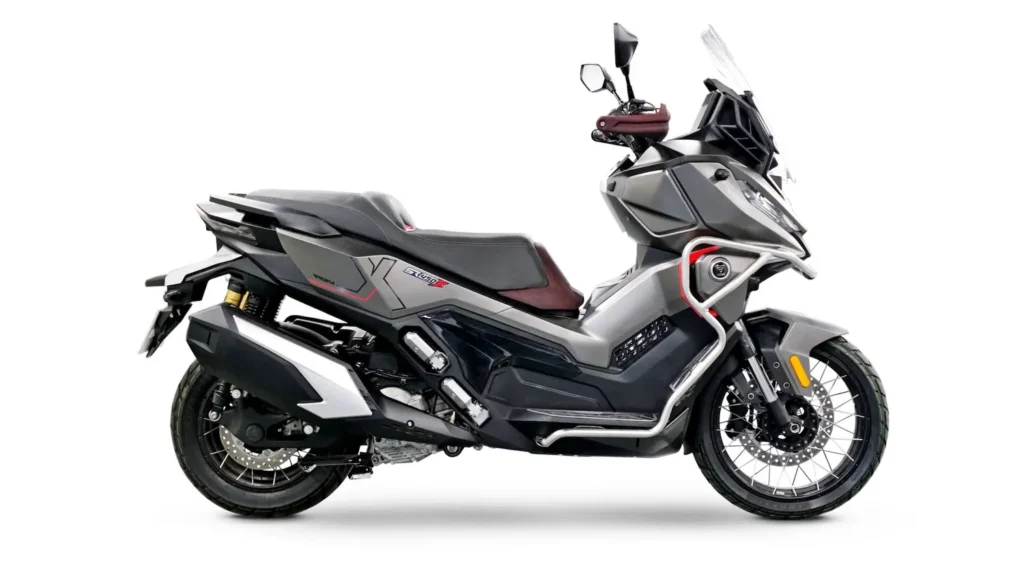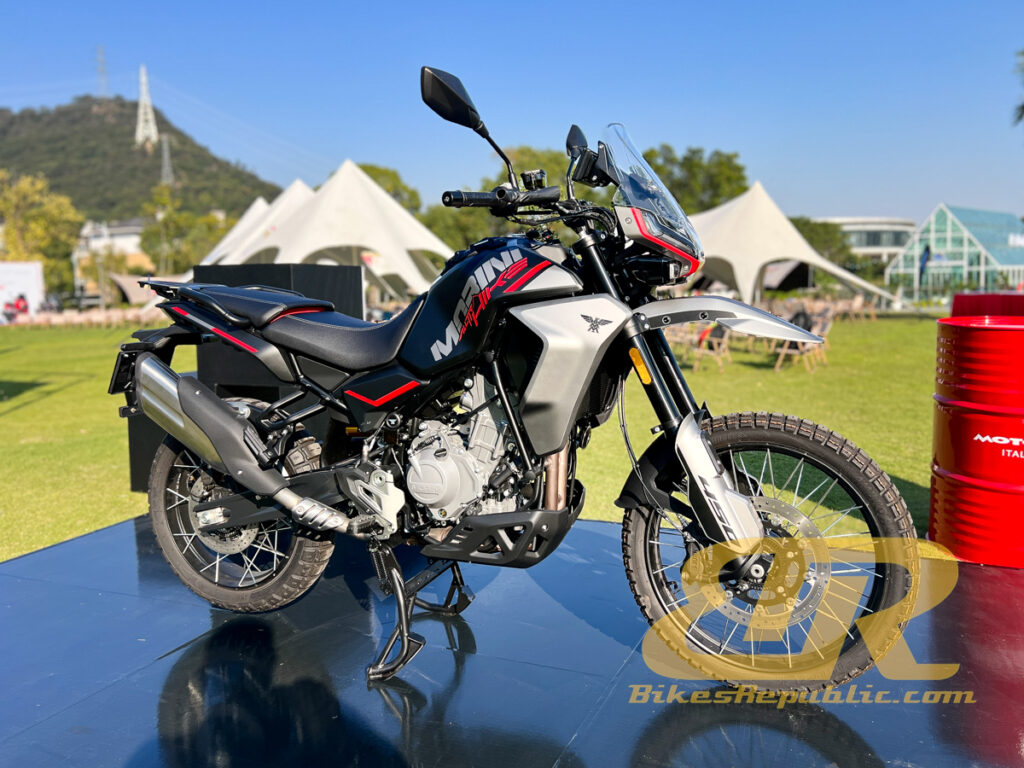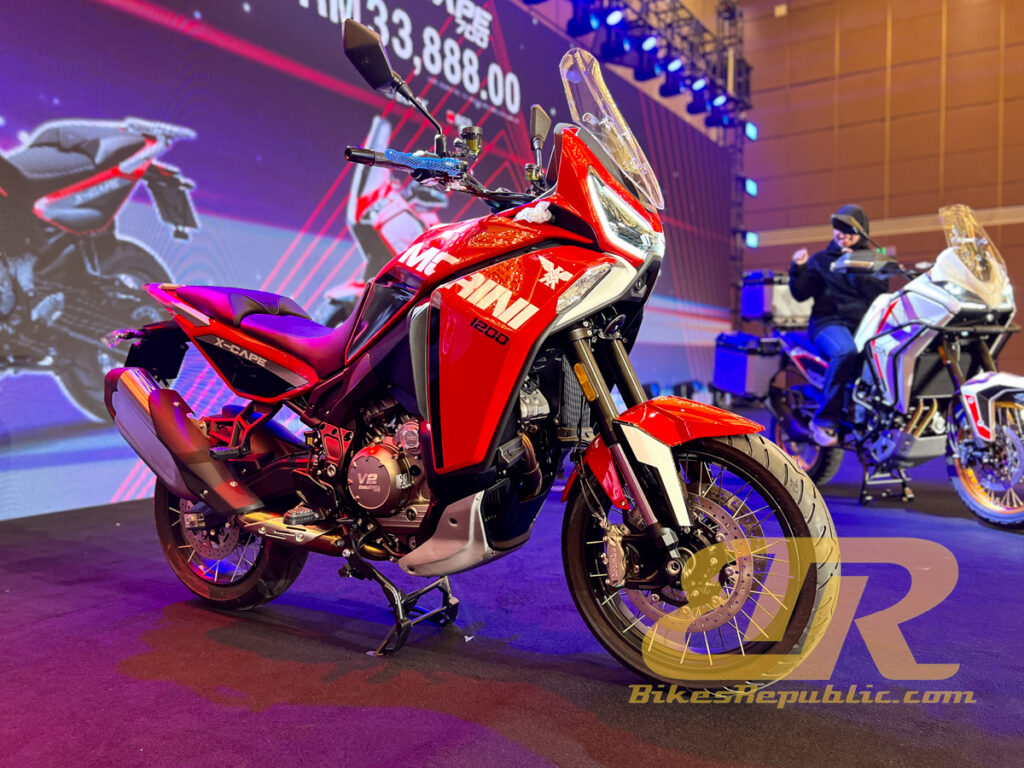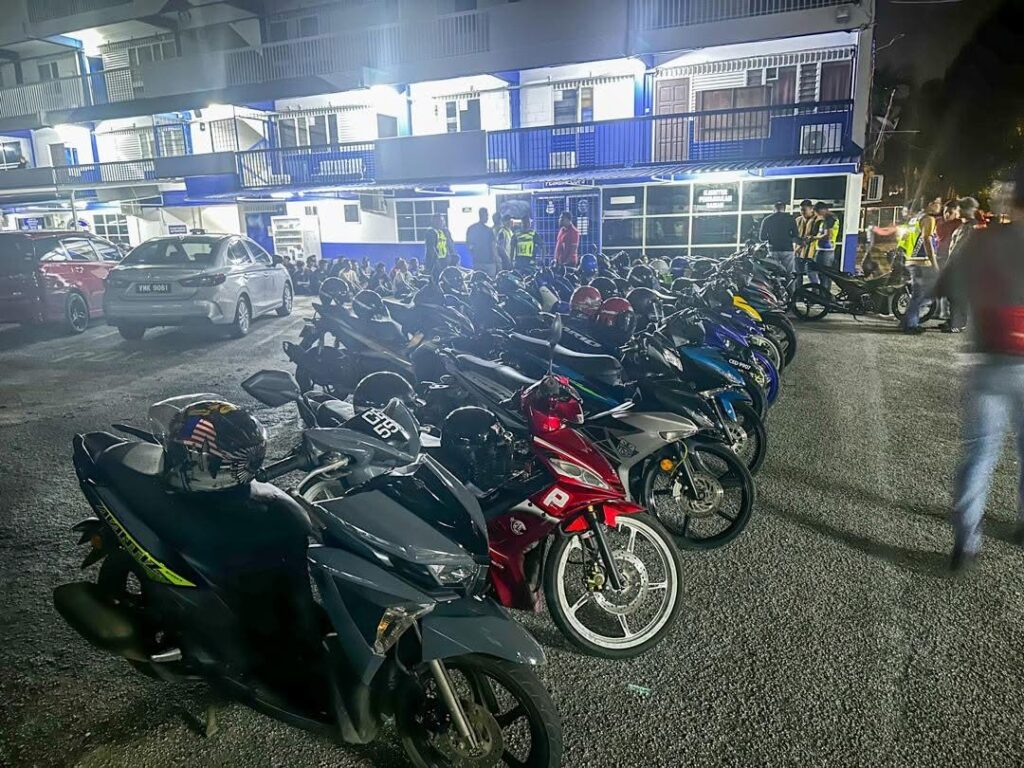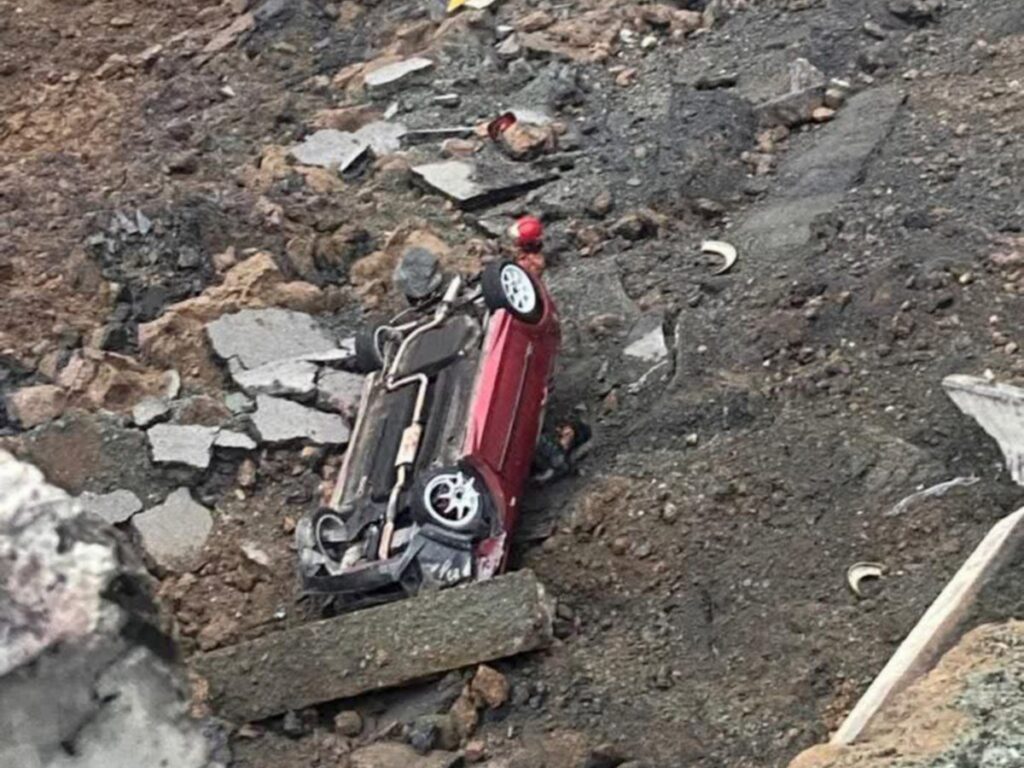-
Learning is one of the fun parts of motorcycling.
-
We must strive to always improve ourselves.
-
Learning leads to better understanding of our own riding techniques and motorcycle.
Everybody makes mistake. Marc Marquez, Valentino Rossi, Fabio Quartararo certainly do it. So, do you and me. But it’s learning from those mistakes that’ll make us better riders.
But it’s what we do about those mistakes that make us better riders, regardless if we’re the 8-time world champion or the daily commuter. It’s this learning process that gets me up every morning to search for something new to discover. In fact, it’s what’s driven me still love motorcycles for the past 31 years.
You see, traffic conditions tomorrow may not be the same as today’s. Certain drivers could be crankier on Mondays, mellower in the middle of the week, reckless on Fridays, and relaxed to the stage of negligence during the weekend. Or you know that they couldn’t see you in their side mirrors on rainy days.
These are some of the things we need to learn as bikers – in the interest of safety. If you critique the way you ride on a constant basis by asking yourself questions, it will make you a better rider. Start asking yourself, “Why did I almost overshoot that corner?” or “How come the rear tyre wants to skid all the time,” or “Why do I have so many close calls every time I ride?” Well, you won’t become a better rider automatically. We don’t live in the Matrix where we could download skills into our brains. But asking those questions is the first step in encouraging you to learn more on how to ride better and safer.
To illustrate, we asked Cal Crutchlow a question during the Malaysian MotoGP last year. “Don’t you riders get scared after crashing so much?” He was with GP legend Randy Mamola at the time, and both of them answered, “It’s scarier when you don’t know why you crashed. We need to learn why we crashed so we can ride better and get better results.”
Cal certainly crashed a lot, but Marquez crashed even more as he pushed to discover the limits all the time.
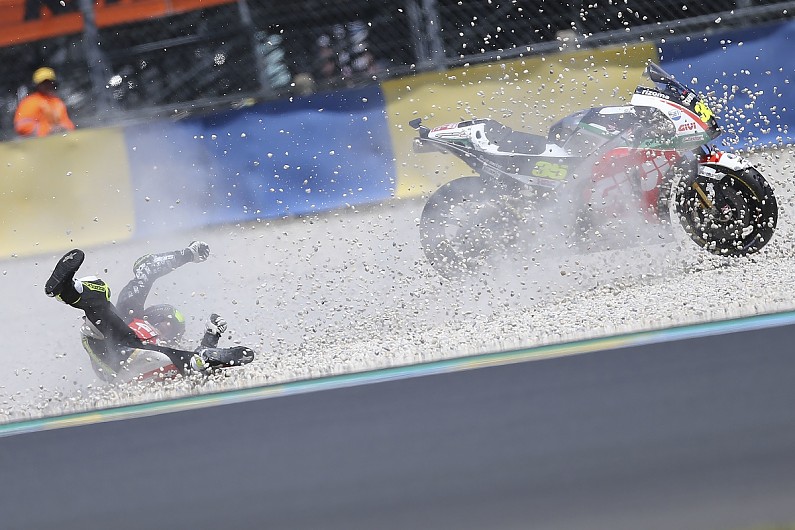
We’re not telling you to crash to learn. Instead, do evaluate your riding and get some advice. But, get advice from who have gone through formal training for that advice. Do NOT get advice from a buddy just because rides faster than you. Instead, if rides faster than you BECAUSE he had attended advance riding classes, he’s the one you go to for riding advice.
Better yet, sign up for advance riding classes. There are a number of good ones in Malaysia. Google them.
The biggest problem with Malaysians generally, is their laziness to read and perform some research. My late father would bring me to the public library. I spent large chunks of my salary to buy books and magazines when I began working – all because I wanted to know more about bikes and how to ride them properly.
Today, you can get all these for free by tapping out the keywords in Google or YouTube. And yet, some people are still too lazy to even search. So, these people would make the same mistakes on and on, for example using slick tyres on public roads, using components that are of no benefit, or even using the wrong engine oil.
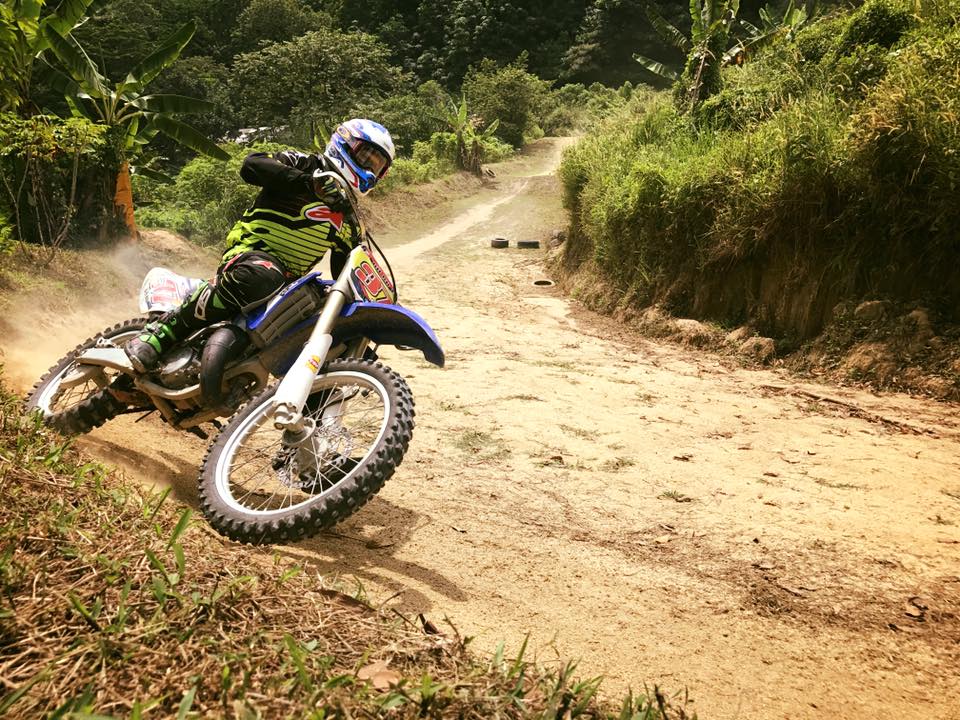
However, there are a number of books you should own for reference at any time such as Keith Code’s Twist of the Wrist Vol. 2; or Nick Ienatsch’s Sport Riding Techniques: How to Develop Real World Skills for Speed, Safety and Confidence on the Street and Track; or Lee Park’s Total Control. Even the Dummies’ Guide to Motorcycles isn’t bad. It’s important to start somewhere.
Another enemy of bikers is their ego which their bodies can’t cash (to borrow a line from Top Gun, but not paraphrasing). There’ve been so many times that we’ve met riders who took our advice as criticism, instead of something positive. There’s no place for ego in motorcycling. Ego gets you killed.
So, learn. Being a smarter rider is one of the fun parts of motorcycling.

